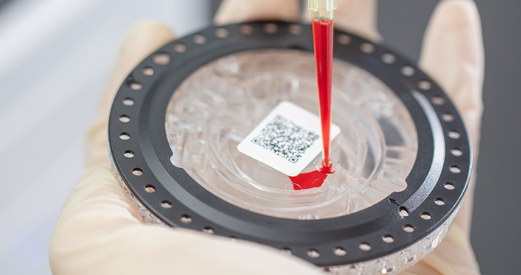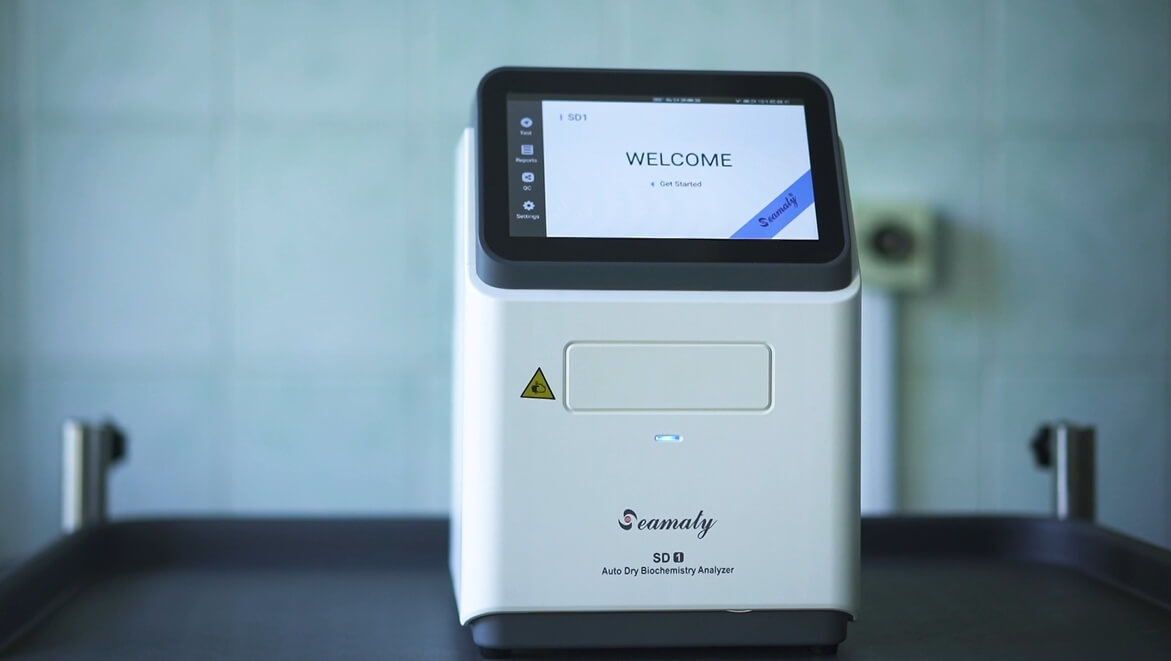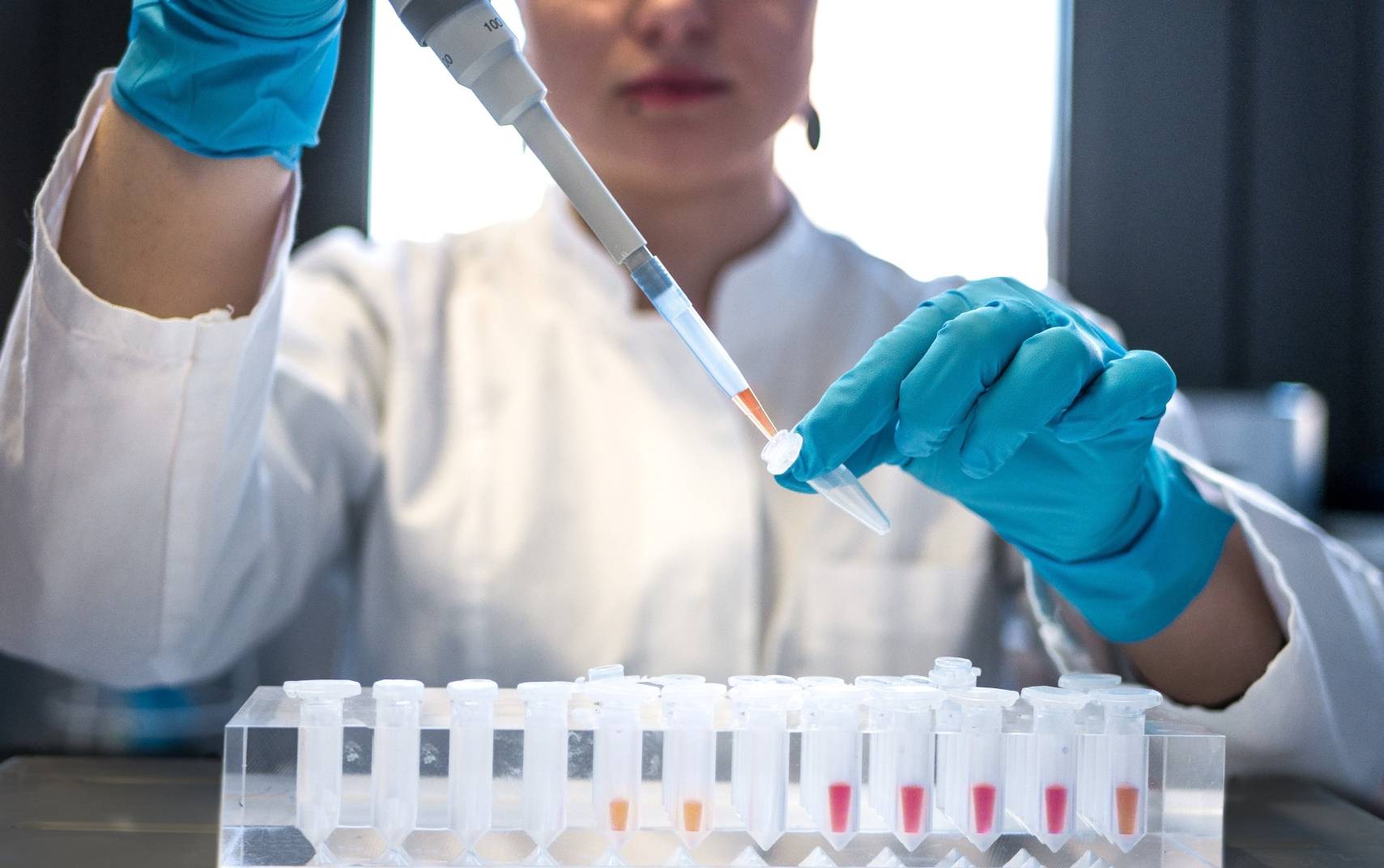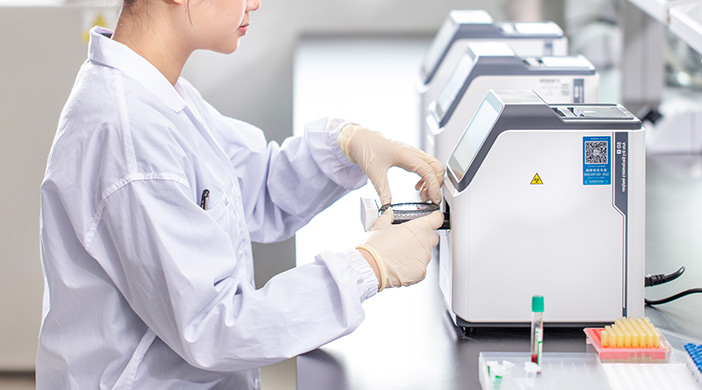release time:2022-05-23 16:32:11
Optical systems play an important role in microfluidic platforms. Various sample preparation steps on the microfluidic chip can be automated, such as sample mixing, incubation, evaporation, dilution, concentration, dosing, and extraction. Once the sample preparation is completed, it can be transported to the assay area via the chip. Optical detection methods are the most common methods used in microfluidic systems for quantitative sample detection.
Fluorescence, which is the light emitted by a substance when it absorbs light or other electromagnetic radiation, is one of the most common quantitative measurements in microfluidic systems. Fluorescence measurements involve measuring the light emitted from a sample after excitation of the sample using a light source. Filters are typically used to separate and select the characteristic band spectra of the excitation and emission fluorescence of a substance in a biomedical fluorescence test analysis system.
Optical systems are a key part of many microfluidic platforms. In some cases, the footprint of the entire platform is reduced by integrating the optical system onto the microfluidic chip. Many optical detection methods, through microfluidics, allow us to quantify or image the analytes in a sample.
The Seamaty Biochemistry Reagent Tray is a highly integrated sample handling system based on microfluidic technology for use with the Smarter Biochemistry Analyzer. The reagent tray contains integrated optical and mechanical components that are used in every stage of blood analysis, enabling a series of operations such as blood sampling, separation, dilution, reaction and testing to be performed in a small reagent tray.


2023-09-19
Explore the top 12 benefits of small portable benchtop chemistry analyzers. Discover how these portable devices enhance efficiency and precision in medical diagnostics, revolutionizing healthcare workflows with speed and accuracy.

2022-09-23
Chemistry lab equipment is an essential part of any chemistry lab. Without it, conducting experiments would be difficult, if not impossible. There are many different types of laboratory equipment available, each designed for a specific purpose.

2022-03-14
Biochemical analysis of the body fluid samples forms the basis of medical diagnosis and plays a crucial role in treating various health ailments. Automated biochemical analyzers analyze body fluid samples and evaluate the concentration of biochemical markers,